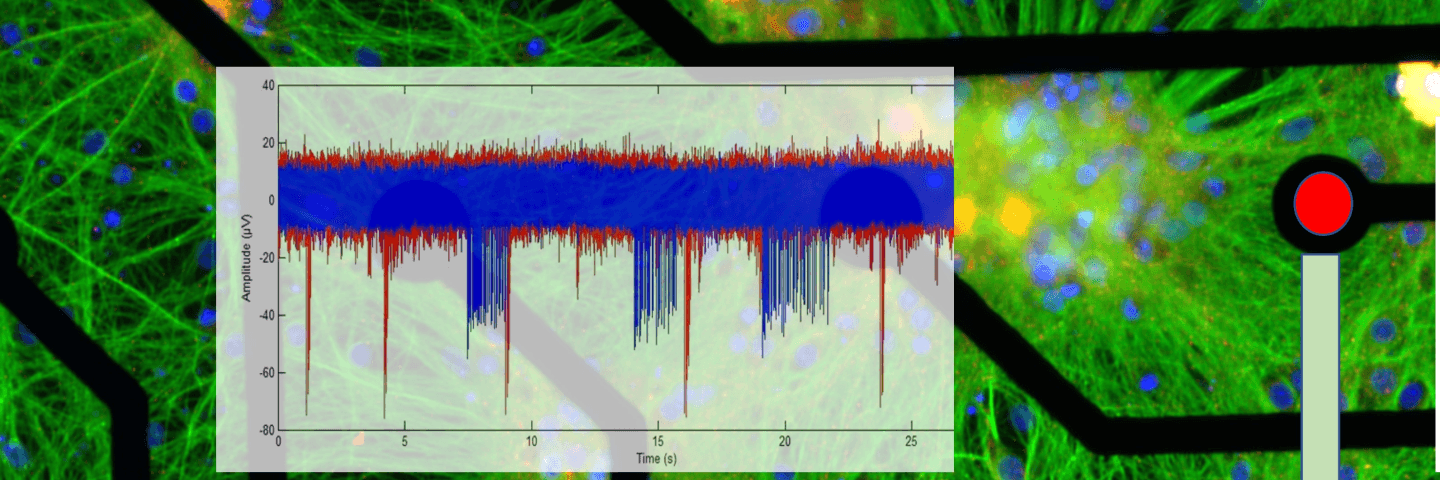Background
Epilepsy is at its worst a debilitating disease associated with progressive brain damage. There are approximately 50 million epileptics worldwide, with about 8 million in Europe. The HERMES research project focuses on the most common form of epilepsy, temporal lobe epilepsy, for which those affected do not always find relief through medication. Temporal lobe epilepsy affects brain regions related to learning, memory, and emotions, such as the hippocampus. The HERMES project received over 8 million euros in funding from the European Commission's Horizon 2020 framework program under the Future & Emerging Technologies (FET), which is one of the EU's most technologically challenging research programs. As is typical with FET projects, the purpose of the HERMES project is to produce a prototype to validate the idea. Human trials will only come after a successful project.
The HERMES consortium is combining forces to establish a new paradigm in regenerative medicine for temporal lobe epilepsy, with the goal of overcoming the associated biological uncertainty: The enhanced regenerative medicine is rooted in the establishment of biohybrid neuronics (neural electronics), that is the symbiotic integration of bioengineered brain tissue, neuromorphic microelectronics and artificial intelligence.
Goal
Our vision stems from five core concepts which define the building blocks and identify the interdisciplinary goals of the HERMES project:
REBUILD – graft of nervous tissue with biohybrid technology that may rebuild/repair the damaged/dysfunctional brain circuits.
FUNCTION – the graft nervous tissue should exhibit the required functional features.
INTERACTION – graft and host nervous tissues should establish a functional dialogue.
INTEGRATION – the graft-host interaction should be precisely controlled by many levels of learning systems including AI.
ADAPTATION – the graft nervous tissue should adapt to the host without evolving towards nor being entrained by pathological behavior (functional stability).
The role of MET faculty in the project
The role of Tampere University, Faculty of Medicine and Health Technology (MET) and the Hyttinen's Laboratory is to develop models and computational methods to assess the brain dynamics in healthy and epileptic brain in order to develop tools to mitigate the disease processes using the HERMES biohybrid technology.
Impact
The project's long term impact includes mitigating epilepsy and many other brain disorders with the developed integrated HERMES technology. Moreover the project develops novel tissue engineering, neural and learning technologies that as such will have impact in brian research in general and in many areas beyond the specific target of the project. These include novel biomaterials, in-vitro methods, neural amplifiers, signal processing and modelling methods, methods to assess complex systems, learning methods including AI, memnistor technology to name a few. Moreover the project has already raised discussion on the ethics of such technology https://www.brainjam.eu/.
Funding
Coordinating organisation
Italian Institute of Technology (Italy)
Partners
- Italian Institute of Technology (Italy)
- University of Modena and Reggio Emilia (Italy)
- University of Verona (Italy)
- Spanish National Research Council (Spain)
- Polytechnic University of Milan (Italy)
- Aarhus University (Denmark)
- University of Glasgow (UK)
- Tampere University, Faculty of Medicine and Health Technology, MET (Finland)
- Fundacion Instituto de Estudios de Ciencias de la Salud de Castilla Y Leon (Spain)
- Eurokleis (Italy)
- DEN Institute (Belgium)
Contact persons
Jari Hyttinen
Professor, lääketieteellinen tekniikka Jari Hyttinen
Jari Hyttinen
